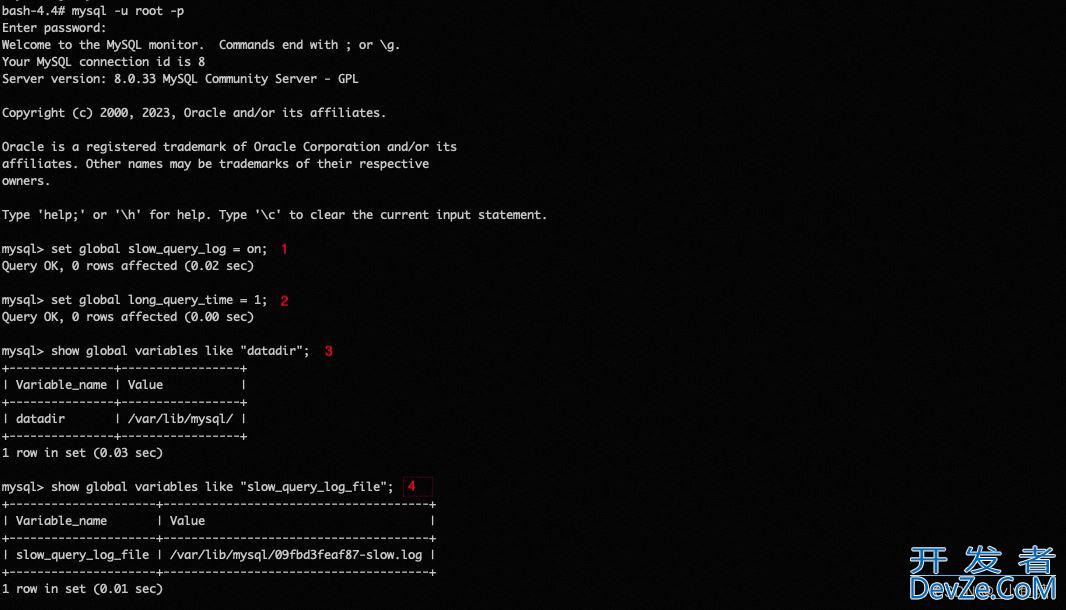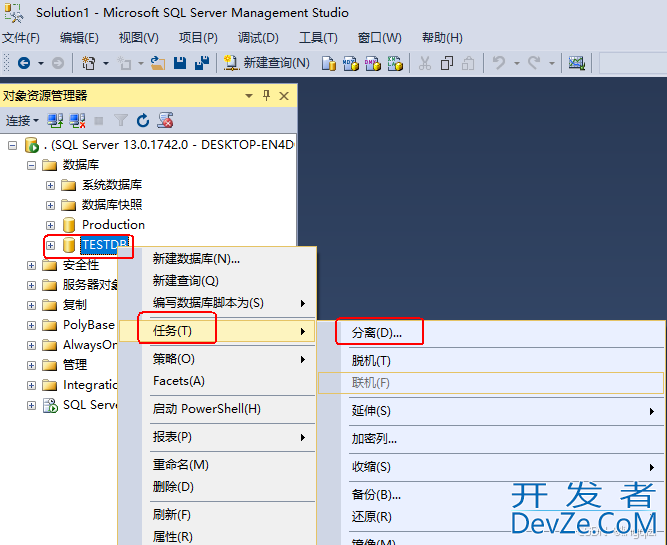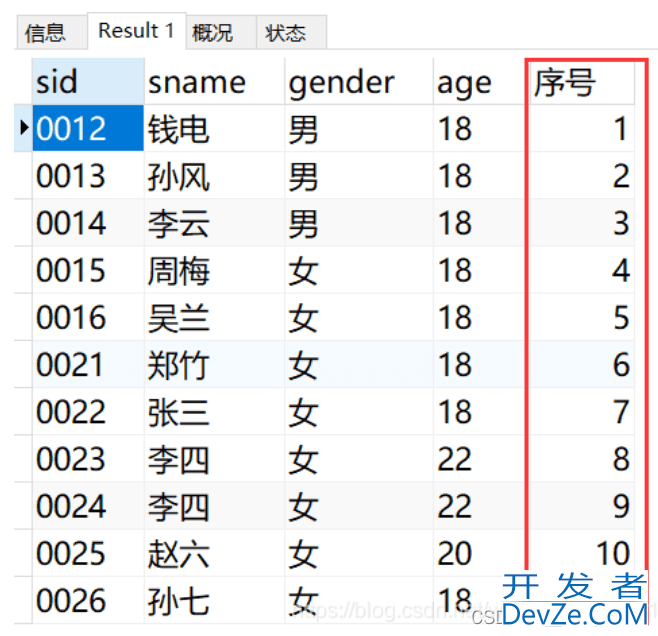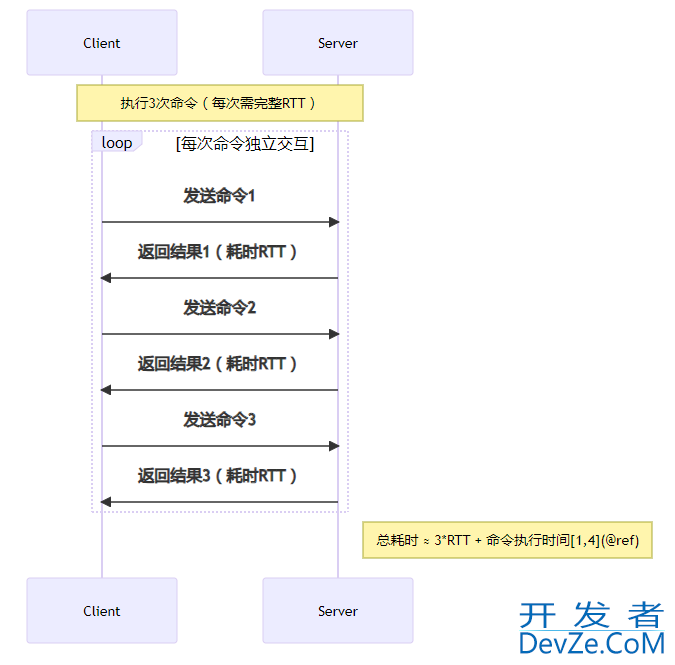目录
- 创建测试数据
- 针对指定列,查出去重后的结果集
- distinct
- row_number()
- 针对指定列,查出所有重复的行
- count having
- count over
- 删除所有重复的行
- 删除重复数据并保留一条
- 分析函数法
- group by
- 总结
创建测试数据
create table nayi224_180824(col_1 varchar2(10), col_2 varchar2(10), col_3 varchar2(10)); insert into nayi224_180824 select 1, 2, 3 from dual union all select 1, 2, 3 from dual union all select 5, 2, 3 from dual union all select 10, 20, 30 from dual ; commit; select*from nayi224_180824;
| COL_1 | COL_2 | COL_3 |
|---|---|---|
| 1 | 2 | 3 |
| 1 | 2 | 3 |
| 5 | 2 | 3 |
| 10 | 20 | 30 |
针对指定列,查出去重后的结果集
distinct
select distinct t1.* from nayi224_180824 t1;
| COL_1 | COL_2 | COL_3 |
|---|---|---|
| 10 | 20 | 30 |
| 1 | 2 | 3 |
| 5 | 2 | 3 |
方法局限性很大,因为它只能对全部查询的列做去重。如果我想对col_2,col3去重,那我的结果集中就只能有col_2,col_3列,而不能有col_1列。
select distinct t1.col_2, col_3 from nayi224_180824 t1
| COL_2 | COL_3 |
|---|---|
| 2 | 3 |
| 20 | 30 |
不过它也是最简单易懂的写法。
row_number()
select *
from (select t1.*,
row_number() over(partition by t1.col_2, t1.col_3 order by 1) rn
from nayi224_180824 t1)开发者_MsSql t1
where t1.rn = 1
;
| COL_1 | COL_2 | COL_3 | RN |
|---|---|---|---|
| 1 | 2 | 3 | 1 |
| 10 | 20 | 30 | 1 |
写法上要麻烦不少,但是有更大的灵活性。
针对指定列,查出所有重复的行
count having
select *
from nayi224_180824 t
where (t.col_2, t.col_3) in (select t1.col_2, t1.col_3
from nayi224_180824 t1
http://www.devze.com group by t1.col_2, t1.col_3
www.devze.com having count(1) > 1)
| COL_1 | COL_2 | COL_3 |
|---|---|---|
| 1 | 2 | 3 |
| 1 | 2 | 3 |
| 5 | 2 | 3 |
要查两次表,效率会比较低。不推荐。
count over
select *
from (select t1.*,
count(1) over(partition by t1.col_2, t1.col_3) rn
from nayi224_180824 t1) t1
where t1.rn > 1
;
| COL_1 | COL_2 | COL_3 | RN |
|---|---|---|---|
| 1 | 2 | 3 | 3 |
| 1 | 2 | 3 | 3 |
| 5 | 2 | 3 | 3 |
只需要查一次表www.devze.com,推荐。
删除所有重复的行
delete from nayi224_180824 t
where t.rowid in (
select rid
from (select t1.rowid rid,
count(1) over(partition by t1.col_2, t1.col_3) rn
编程客栈 from nayi224_180824 t1) t1
where t1.rn > 1);
就是上面的语句稍作修改。
删除重复数据并保留一条
分析函数法
delete from nayi224_180824 t
where t.rowid in (select rid
from (select t1.rowid rid,
row_number() over(partition by t1.col_2, t1.col_3 order by 1) rn
from nayi224_180824 t1) t1
编程客栈 where t1.rn > 1);
拥有分析函数一贯的灵活性高的特点。可以为所欲为的分组,并通过改变orderby从句来达到像”保留最大id“这样的要求。
group by
delete from nayi224_180824 t
where t.rowid not in
(select max(rowid) from nayi224_180824 t1 group by t1.col_2, t1.col_3);
牺牲了一部分灵活性,换来了更高的效率。
总结
到此这篇关于oracle数据库去除重复数据常用的文章就介绍到这了,更多相关oracle去除重复数据内容请搜索我们以前的文章或继续浏览下面的相关文章希望大家以后多多支持我们!









 加载中,请稍侯......
加载中,请稍侯......
精彩评论